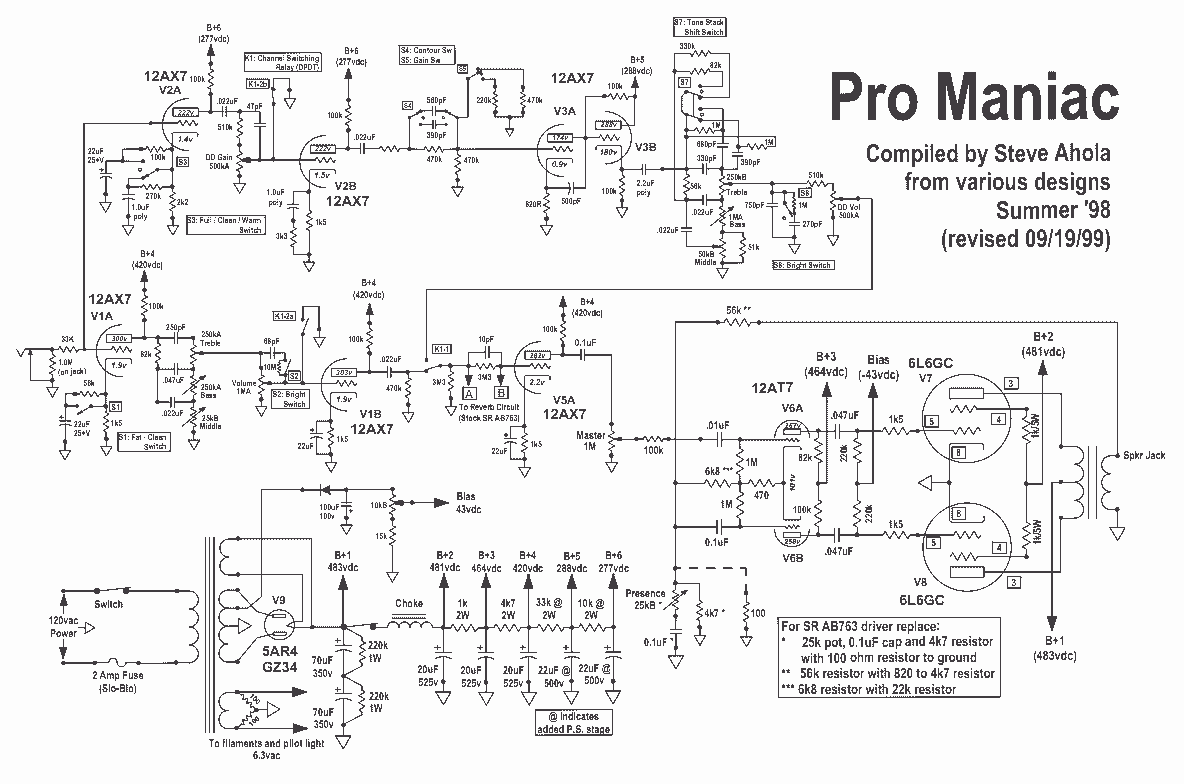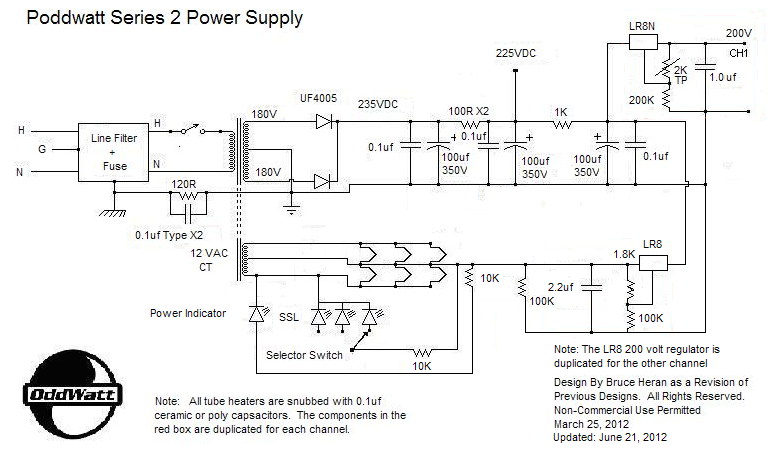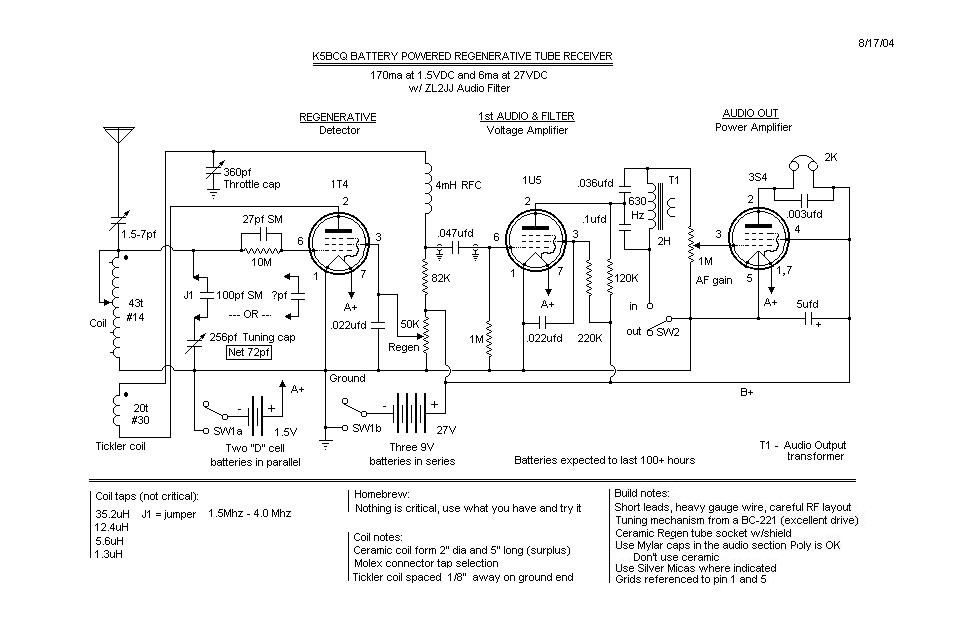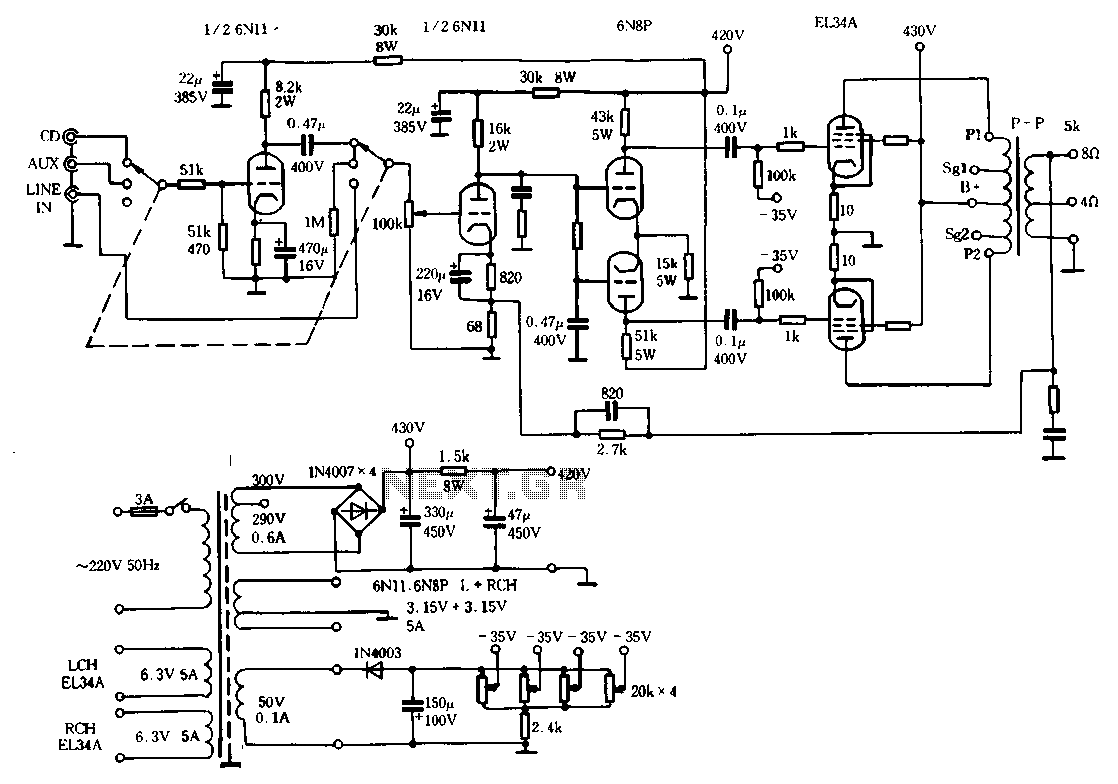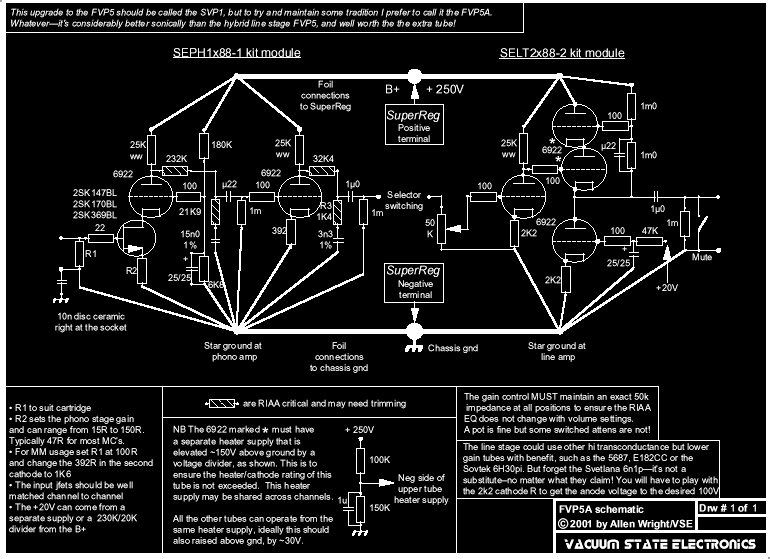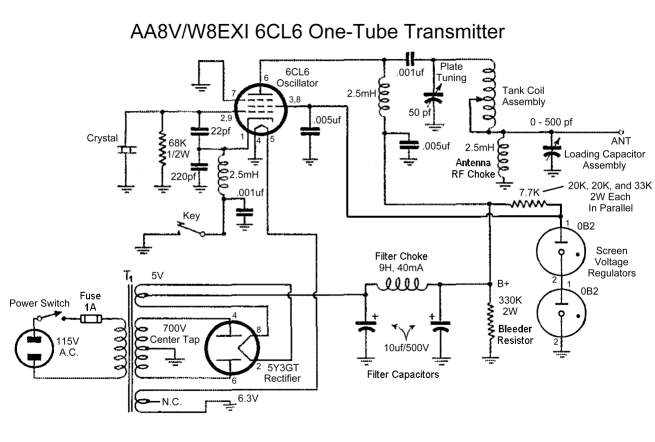
Three Tube PHONO (RIAA) Preamplifiers with ECC83
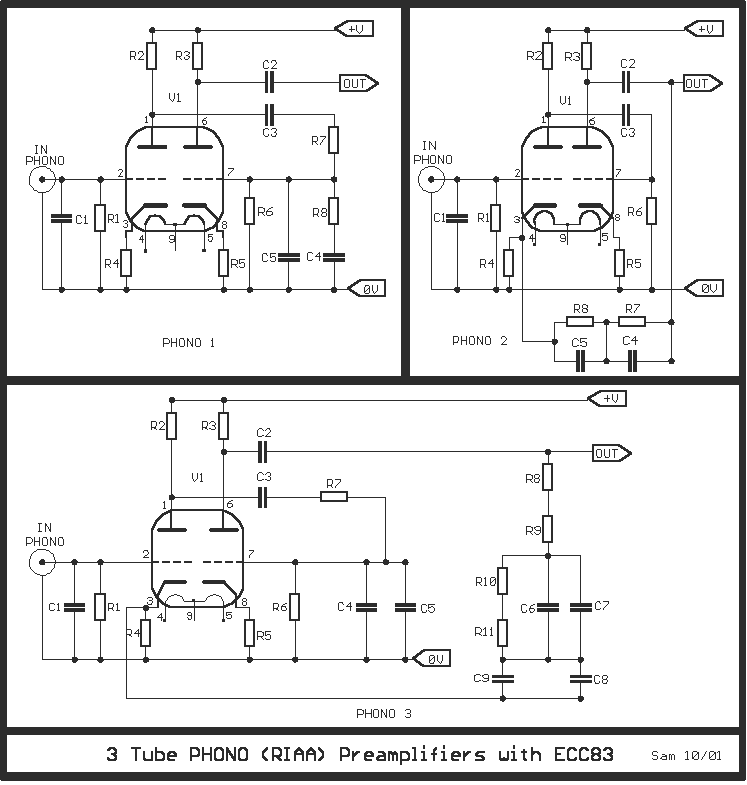
The description refers to three circuits of the Recording Industry Association of America (RIAA), which are designed for the amplification of low signals from Moving Magnet (MM) heads. These circuits follow different solutions, each one concerning the equalization (eq).
In the PHONO 1 circuit, there is a de-emphasis with a passive filter placed between the two departments of tube V1. This passive filter is used to reduce the intensity of certain frequencies, and in this case, it's placed between the two sections of the V1 tube, which likely refers to the first vacuum tube in the circuit.
The PHONO 2 circuit follows the classic solution of energy de-emphasis. Energy de-emphasis is a technique used in signal processing where the higher energy parts of a signal are attenuated to reduce the overall energy of the signal. This can be beneficial in various applications, such as reducing noise and improving the signal-to-noise ratio.
In the PHONO 3 circuit, there is a combination of the two above solutions, passive for the high frequencies and energy for the low frequencies. This means that this circuit uses a passive filter for high-frequency signals and an energy de-emphasis technique for low-frequency signals.
The capacity of the capacitor C1 can be adjusted to match the technical characteristics of each head, which the signal will be called to amplify each preamplifier. This suggests that the value of the capacitor C1 can be changed to suit the specific requirements of each MM head, allowing for more flexibility and customization in the circuit design.
In conclusion, these three circuits represent different approaches to signal amplification and equalization in an audio system, each with its unique characteristics and advantages. They are designed to work with MM heads, which are a common type of pickup used in record players, and they offer different ways to handle the signal, from passive filtering to energy de-emphasis.It is three circuits of RIAA, amplification of low signals of heads [MM], following different solution, each one, as long as it concerns the eq. In the circuit of PHONO 1, we have deephasis with pathetic filter placed between the two departments of tube V1.
In PHONO 2, is followed the classic solution of energy deephasis. In PHONO 3, finally exists also a combination of also two above solutions, pathetic for the high frequencies, energy in the low frequencies. The capacity of capacitor C1, can change so that it suits with the technical characteristics of each head, which the signal of will be called to amplification the each preamplifier.
🔗 External reference
In the PHONO 1 circuit, there is a de-emphasis with a passive filter placed between the two departments of tube V1. This passive filter is used to reduce the intensity of certain frequencies, and in this case, it's placed between the two sections of the V1 tube, which likely refers to the first vacuum tube in the circuit.
The PHONO 2 circuit follows the classic solution of energy de-emphasis. Energy de-emphasis is a technique used in signal processing where the higher energy parts of a signal are attenuated to reduce the overall energy of the signal. This can be beneficial in various applications, such as reducing noise and improving the signal-to-noise ratio.
In the PHONO 3 circuit, there is a combination of the two above solutions, passive for the high frequencies and energy for the low frequencies. This means that this circuit uses a passive filter for high-frequency signals and an energy de-emphasis technique for low-frequency signals.
The capacity of the capacitor C1 can be adjusted to match the technical characteristics of each head, which the signal will be called to amplify each preamplifier. This suggests that the value of the capacitor C1 can be changed to suit the specific requirements of each MM head, allowing for more flexibility and customization in the circuit design.
In conclusion, these three circuits represent different approaches to signal amplification and equalization in an audio system, each with its unique characteristics and advantages. They are designed to work with MM heads, which are a common type of pickup used in record players, and they offer different ways to handle the signal, from passive filtering to energy de-emphasis.It is three circuits of RIAA, amplification of low signals of heads [MM], following different solution, each one, as long as it concerns the eq. In the circuit of PHONO 1, we have deephasis with pathetic filter placed between the two departments of tube V1.
In PHONO 2, is followed the classic solution of energy deephasis. In PHONO 3, finally exists also a combination of also two above solutions, pathetic for the high frequencies, energy in the low frequencies. The capacity of capacitor C1, can change so that it suits with the technical characteristics of each head, which the signal of will be called to amplification the each preamplifier.
🔗 External reference
